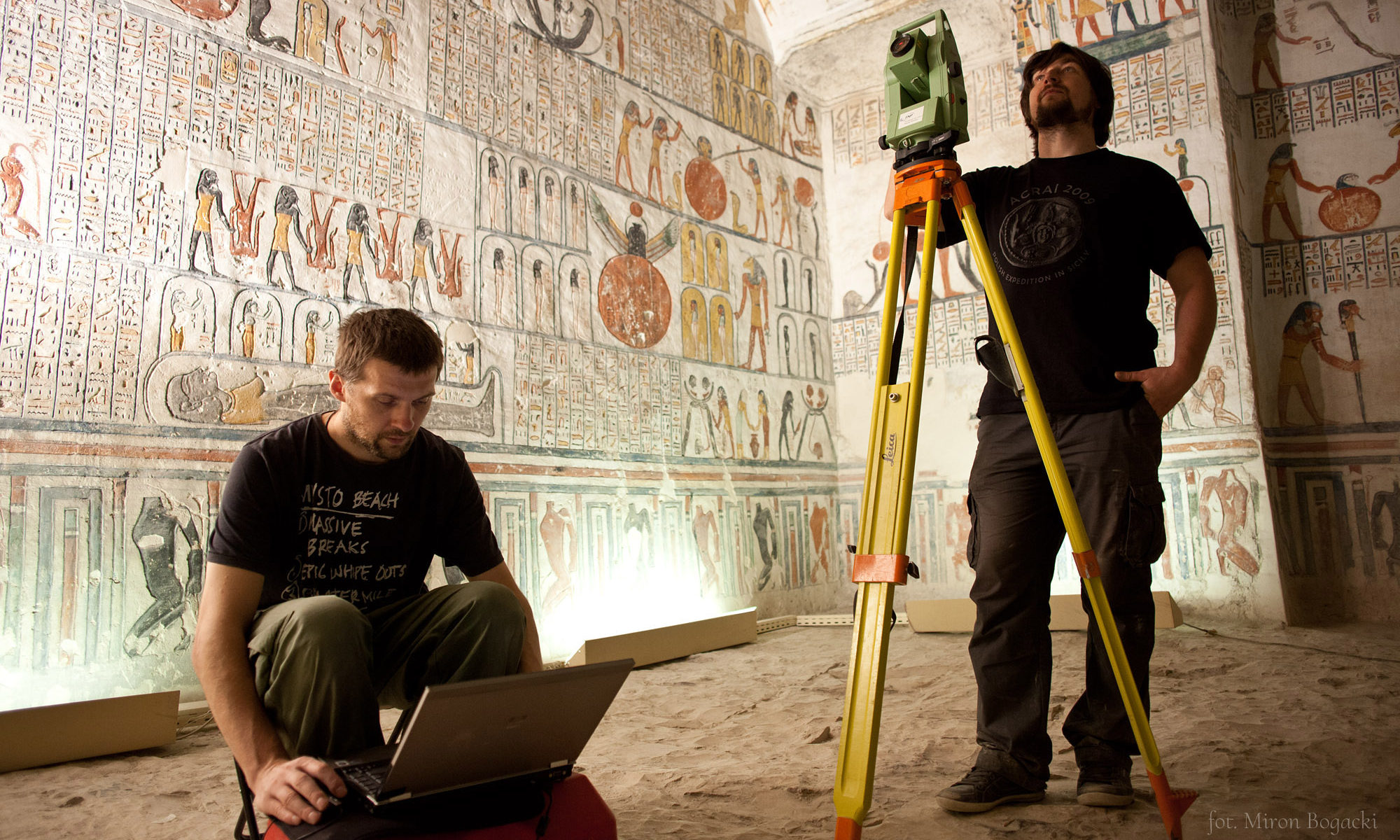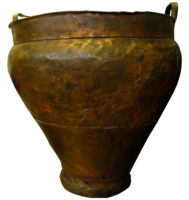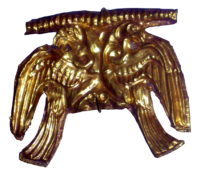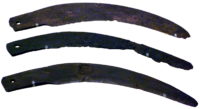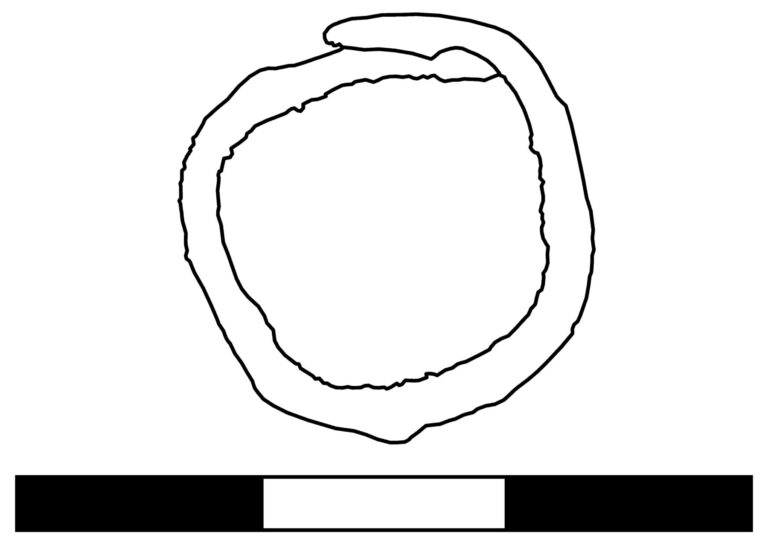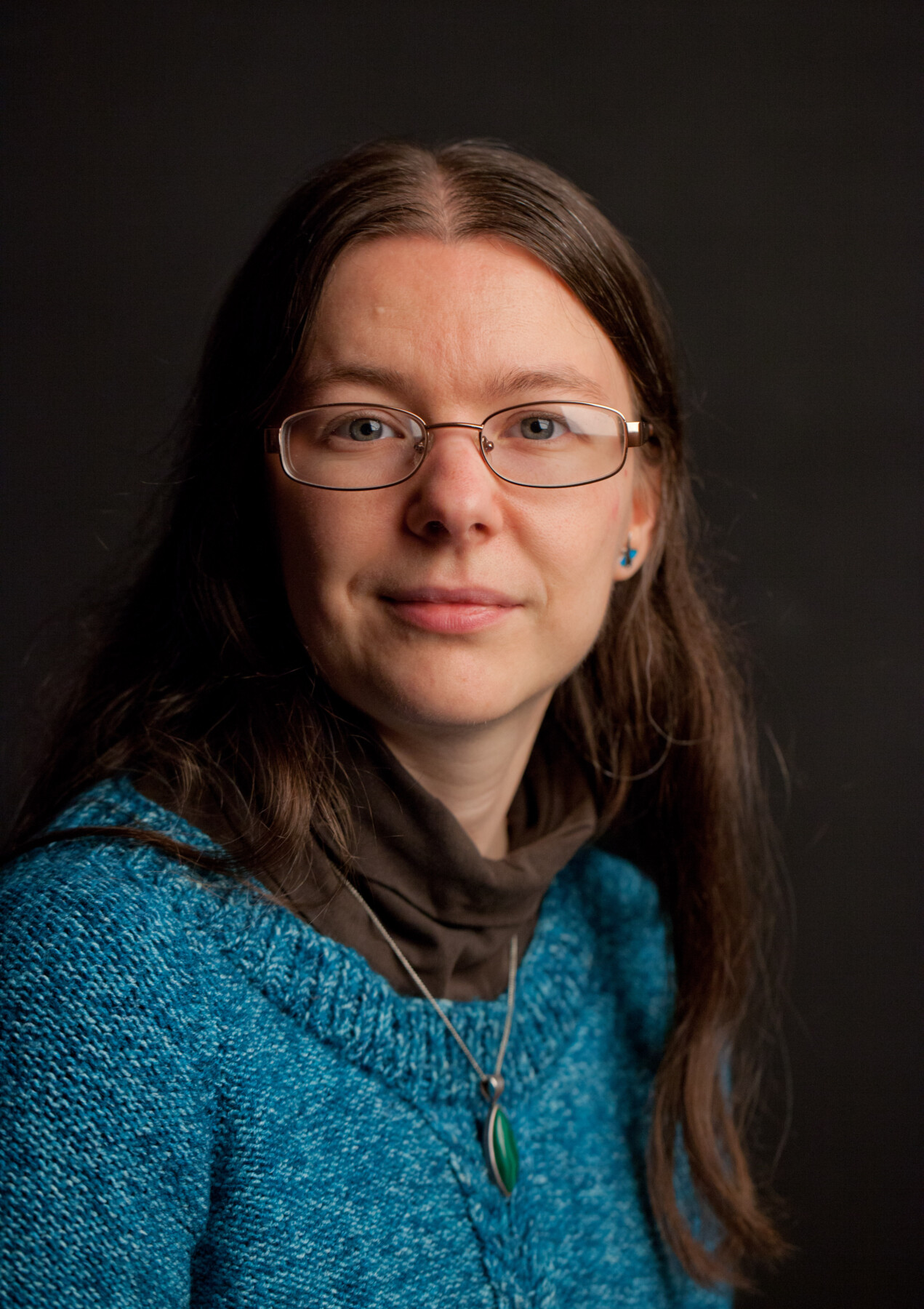Person conducting research: Dr Stephanie Aulsebrook
Country: Greece
Site name: Mycenae
Type of site: settlement and extra-mural cemeteries
Involved institutions: WAUW
Research Assistants: Monika Łapińska, Paulina Jurkowska
Date: July 2019–July 2023
Project financing: SONATA 14 NCN (DEC-2018/31/D/HS3/02231)
Project Summary: This project focused on Mycenae, the foremost centre on mainland Greece during the Late Bronze Age (17th–11th centuries BC) and the relationship between its inhabitants and metals. Metals have a very varied role in prehistoric societies. They can be used to make a wide range of objects, including tools, weapons, vessels, jewellery and armour. Until now, most research had just focused on the relationship between the upper classes and metal, so this project aimed to consider a broader range of people.
Project Methodology: the project collated together into a database all the available information on metal objects that have been excavated at Mycenae since 1876. Their distribution within the site was then analysed, along with their types and other important features.
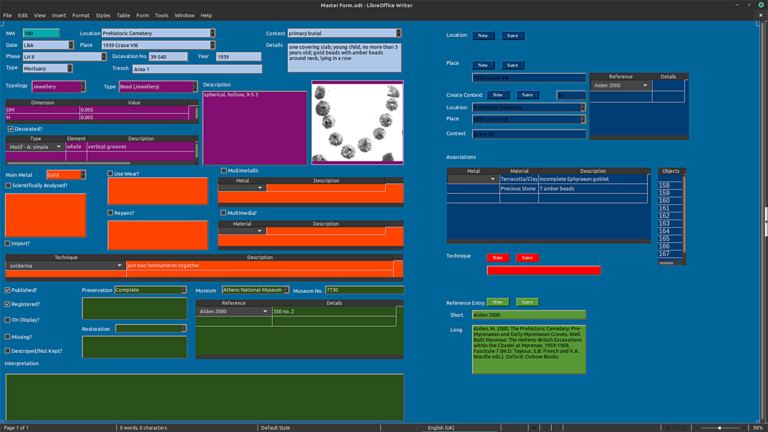
The database currently contains more than 15000 metal artefacts. Of those, more than half come from documented Late Bronze Age contexts. The majority come from mortuary contexts; for example, the famous Circle A shaft graves discovered by Heinrich Schliemann in 1876 account for more than 2500 of these artefacts alone.
The project involved three research expeditions, to the National Archaeological Museum at Athens, the Archaeological Museum at Mycenae and the Mycenae Archive at the University of Cambridge, UK. Visits to the museums enabled hands-on analysis of a selection of objects that has provided vital evidence about their lifecycles. Access to the original fieldnotes at the archive has allowed past archaeological recording strategies for metal artefacts to be reconstructed and has uncovered some interesting finds of metal objects that have never been published.
Project Results: the project had three main questions:
1) which activities involved metals and which did not?
Metals were found to have been used in a wide variety of activities, such as making objects, cooking, eating and drinking, personal adornment, warfare and hunting, etc. However, some types of object were never made in metal, such as certain specialised vessel shapes. Metals were apparently rarely used within textile production, in comparison to other crafts, and although gilding was a widespread form of decoration particular types of ornament were never gilded. Therefore metal was not ubiquitous, and even in the activities when it was used other materials, like ceramic or glass, were often used too.
2) how was access to metal controlled at Mycenae?
The contemporary textual records focus on the disbursement of metal by the palace, but have little evidence about access to metals for ordinary households and independent workshops. The project found that across most of Mycenae it seems that metals were melted down and recycled, showing that people were careful not to waste metal. One household, situated outside the citadel, threw away broken metal objects, suggesting they had confidence in being able to access a steady supply whenever they needed it. The complex use life of some objects (see below) indicate that the palace’s control over the metal supply was less tight than previously supposed. There is tentative evidence to indicate that some people, perhaps slaves, were not allowed to use metals for personal adornment.
3) what was the typical lifecycle for different kinds of metal artefacts and can we see deviations?
Studying metal objects under a microscope provided new insights into the lifecycles of some specimens. This chisel fragment and finger ring both had interesting stories: the chisel fragment was deliberately broken off (perhaps from a tool that was too damaged for further use) and was then used as a platform for sawing, as shown by the cut marks; the finger ring was roughly made from a spare piece of bronze wire, rather than being specially cast and shaped like most Mycenaean jewellery.

|
The unusual stories of these two objects show that the production and use of metal artefacts at Mycenae was more complex than previously thought; control over metal was not completely in the hands of the palatial authorities. The ring in particular shows how desirable metal was, and how people sought ways to engage with it personally, even when they could not afford real jewellery.
Publications (all open access):
Aulsebrook, S. 2022. Recent developments in archaeometallurgical research: the Bronze Age Greek Mainland, Crete, and the Cyclades. Archaeological Reports 68: 109–132.
Aulsebrook, S. 2022. The impact of archaeological recording on the study of metal artefacts. Mycenae 1939: a case study. Annual of the British School of Athens 117: 415–455.
Aulsebrook, S. 2022. Forging ahead or foiled again? A new direction for cross-craft analysis with case studies from Late Bronze Age metalworking in the Aegean, in S. Aulsebrook, K. Żebrowska, A. Ulanowska and K. Lewartowski (eds.) Sympozjum Egejskie. Papers in Aegean Archaeology 3. Turnhout: Brepols: 99–112.
Aulsebrook, S. 2020. Understanding the role of metal within the Late Bronze Age community at Mycenae: challenges and potential approaches. Polish Archaeology in the Mediterranean 29(2): 237–264.
